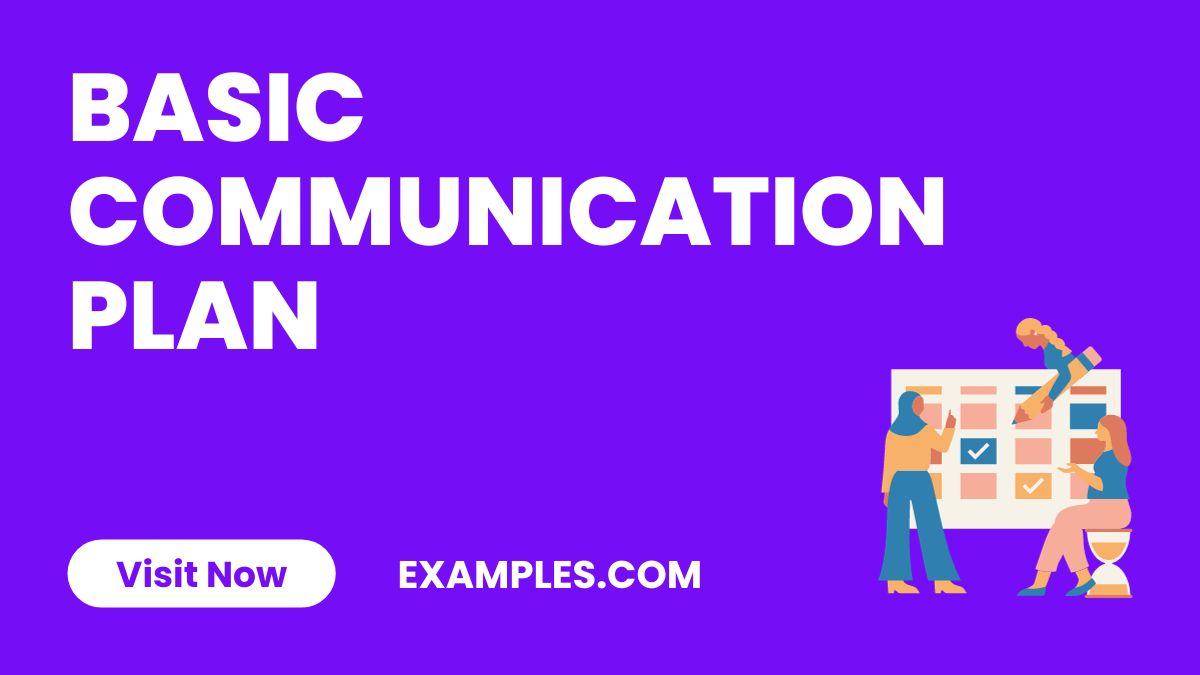Basic Communication Plan Examples
Basic Communication Plan Complete Guide with examples is an essential resource for anyone looking to streamline their communication efforts. It delves into various “Communication Examples,” offering practical advice on crafting a plan that resonates with your audience. The guide covers everything from defining objectives, choosing the right communication channels, to evaluating outcomes. It’s an invaluable tool for improving both personal and professional communication, providing readers with a clear understanding of how to effectively convey messages and achieve desired outcomes.
Download Basic Communication Plan Bundle
Basic Communication Plan

The basic communication plans, providing essential information for effective organizational communication. It covers various aspects, including improving internal and external communication plan, boosting engagement, and strategic content creation. The guide emphasizes practical strategies like regular team meetings, email announcements, and leveraging intranet and chat tools for internal communication. For external communication, it focuses on using websites, social media, and email marketing. The page also discusses content strategies, formatting for readability,making it a valuable resource for anyone looking to enhance their organizational communication skills.
Basic Project Communication Plan
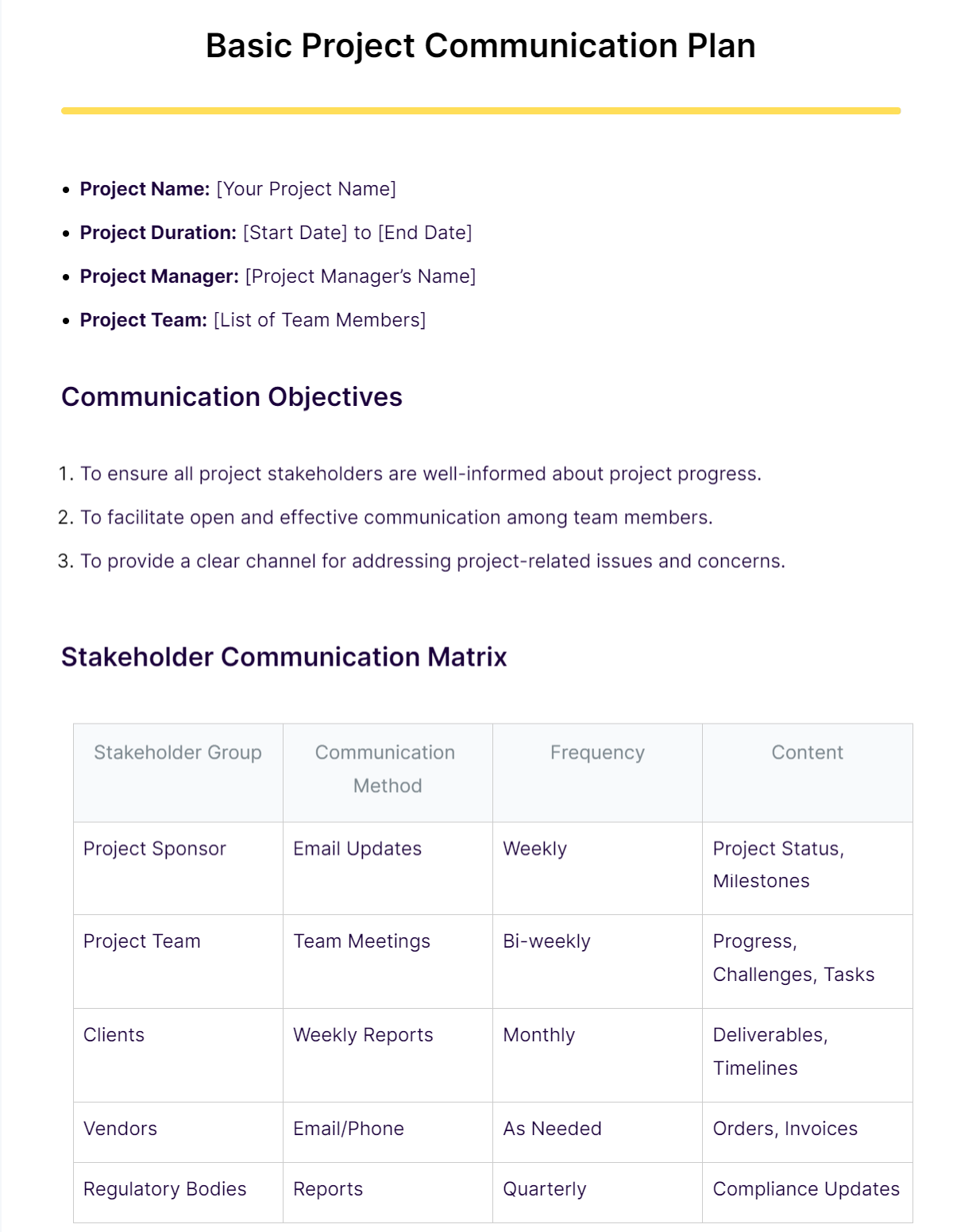
The basic project communication plan. It emphasizes the significance of defining project communication objectives, stakeholder analysis, and selecting effective communication methods. The guide also covers communication channels, reporting, documentation, and an escalation process for issues. Additionally, it includes a stakeholder communication matrix, emphasizing frequent and clear communication for project success. The article is a valuable resource for project managers looking to develop a structured and effective communication plan.
Basic Stakeholder Communication Plan
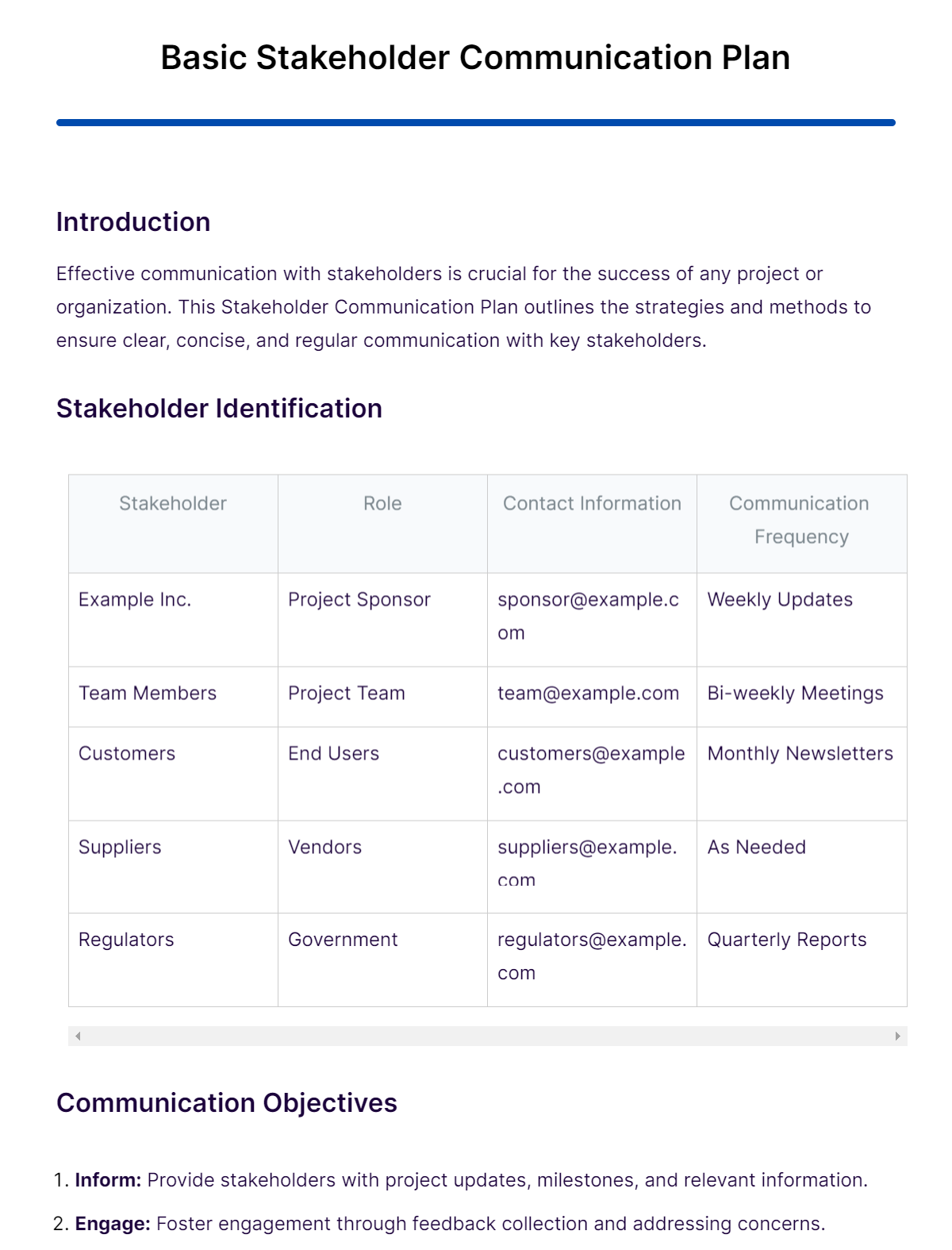
The Basic Stakeholder Communication Plan. It covers essential steps such as identifying stakeholders, defining communication objectives, selecting appropriate channels, and setting up a communication schedule. The guide offers practical formats and examples, making it easy to understand and apply these concepts in various organizational contexts. This resource is especially useful for managers and team leaders looking to improve their stakeholder engagement strategies.
Basic Communications Plan Template
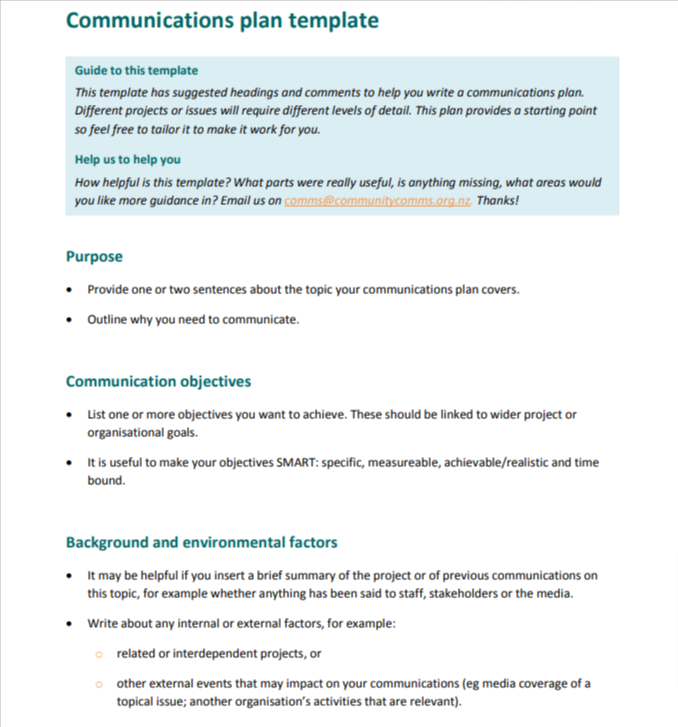
communitycomms.org.nz
DownloadBasic Event Communication Plan
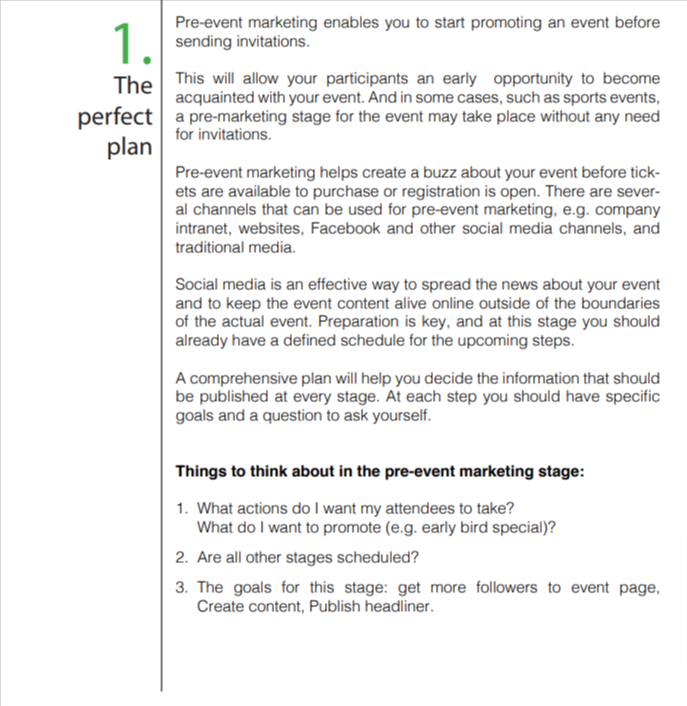
cdn2.hubspot.net
DownloadBasic Organizational Plans in Business Communication
Basic organizational plans in business communication are structured approaches to ensure efficient and effective dissemination of information within a business. These plans cover various aspects of communication to enhance clarity, coordination, and collaboration.
1. Departmental Updates
- Explanation: Regular updates from each department to keep the entire organization informed.
- How to Communicate: “Please find the latest departmental report attached for your review and feedback.“
2. Project Briefings
- Explanation: Detailed presentations on current and upcoming projects.
- How to Communicate: “I’ll be presenting a briefing on our new project next Monday.“
3. Internal Newsletters
- Explanation: A regular newsletter sharing organizational news and updates.
- How to Communicate: “Our monthly newsletter is out, highlighting key achievements and events.“
4. Employee Feedback Sessions
- Explanation: Regular meetings to gather employee feedback and suggestions.
- How to Communicate: “We value your input; please join us for a feedback session next week.“
5. Training Announcements
- Explanation: Notifications about upcoming training sessions or professional development opportunities.
- How to Communicate: “We’re excited to offer a new training program on digital marketing skills.“
6. Policy Change Notifications
- Explanation: Communication regarding updates or changes in company policies.
- How to Communicate: “Please note the recent changes to our work-from-home policy.“
7. Team Meeting Agendas
- Explanation: Regularly scheduled team meetings with set agendas for discussions.
- How to Communicate: “Next team meeting will focus on quarterly sales targets.“
8. Management Directives
- Explanation: Communications from top management about organizational goals and directives.
- How to Communicate: “Management has issued new guidelines for client interactions.“
What are the Basics of a Communication Plan?
The basics of a Basic Communication Plan include several essential elements:
- Defining Clear Objectives: Establishing what the communication aims to achieve.
- Understanding the Audience: Identifying who needs to receive the message.
- Developing Key Messages: Creating concise and relevant messages.
- Selecting Appropriate Channels: Choosing effective means to deliver the message.
- Creating a Timeline: Planning when to disseminate the information.
- Assigning Responsibilities: Determining who is responsible for each aspect of communication.
- Feedback Mechanism: Setting up a system for receiving and incorporating feedback.
- Evaluation: Regularly assessing the effectiveness of the communication plan.
How to Create Basic Communication Plan?
Creating a basic communication plan involves a few key steps to ensure effective information dissemination:
- Define Objectives: Establish what the plan aims to achieve.
- Identify the Audience: Determine who needs to receive the information.
- Develop Key Messages: Create clear and concise messages tailored to your audience.
- Choose Communication Channels: Select appropriate mediums for conveying your messages.
- Set a Timeline: Plan when to deliver each piece of communication.
- Assign Responsibilities: Allocate specific communication tasks to team members.
- Budget Planning: Consider the costs associated with the communication plan.
- Feedback and Evaluation: Set up methods for measuring the effectiveness of your communications and gathering feedback
How to Developing a Basic Communication Plan?
Developing a Basic Communication Plan involves several key steps:
- Define Objectives: Clearly articulate the goals of your communication.
- Identify Audience: Determine who needs to receive the information.
- Craft Key Messages: Develop concise, impactful messages tailored to your audience.
- Select Channels: Choose appropriate mediums (email, meetings, social media) for message delivery.
- Set Timeline: Plan when to disseminate information and establish deadlines.
- Allocate Responsibilities: Assign specific communication tasks to team members.
- Budget Planning: Consider costs associated with communication tools and channels.
- Feedback and Evaluation: Implement methods to measure effectiveness and gather feedback for continuous improvement.
The guide on How to Develop a Communication Strategy from The Compass for SBC provides a detailed roadmap for creating effective communication strategies, particularly in the context of social and behavior change communication (SBCC). It outlines the necessity of a written plan for reaching a program’s vision and includes critical components such as situation analysis, audience segmentation, program theory, communication objectives, and implementation plans. The guide emphasizes using a systematic process and behavioral theory to design and execute communication activities aimed at sustainable social and behavior change. For a comprehensive understanding of developing a communication strategy.
The Reef Resilience Network’s guide on the communication planning process is a comprehensive resource for developing strategic communication in conservation efforts. It emphasizes the importance of clear goals, understanding the context, identifying target audiences, crafting impactful messages, and choosing effective messengers and tactics. The guide also focuses on measuring the impact of communication efforts and provides a summary plan framework. This resource is tailored specifically for marine resource managers and conservation practitioners, offering structured activities and worksheets to apply the learned concepts to their projects.



